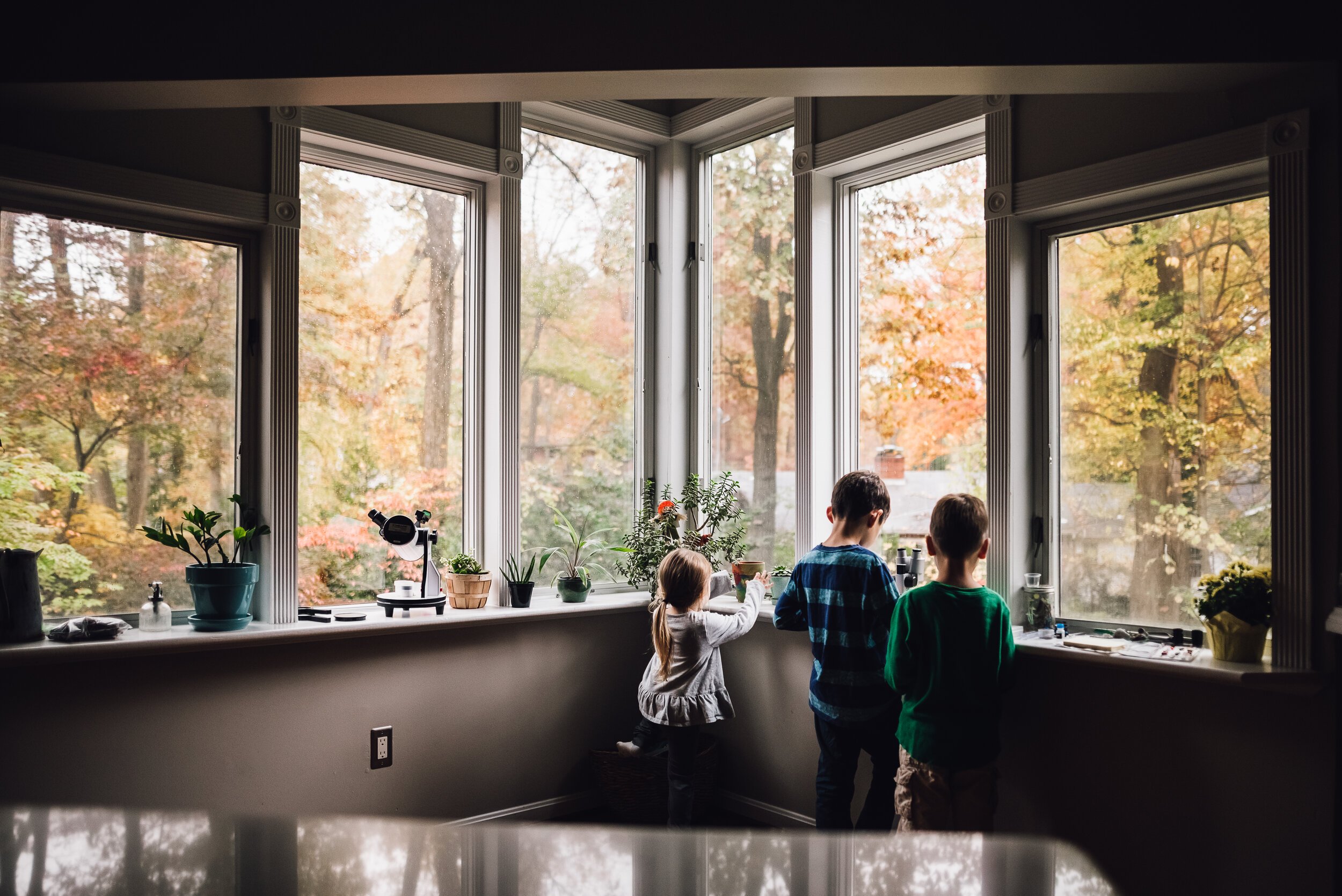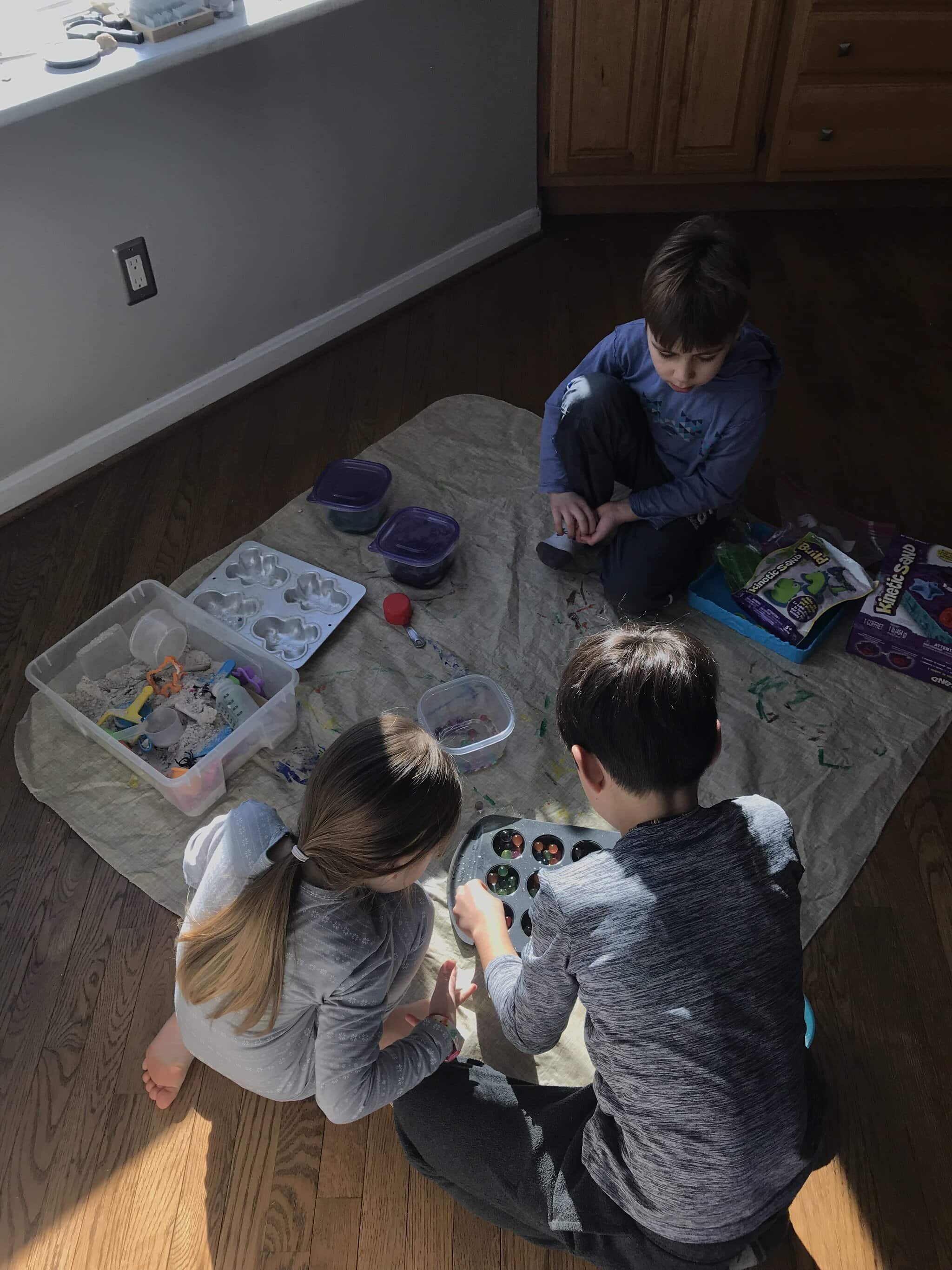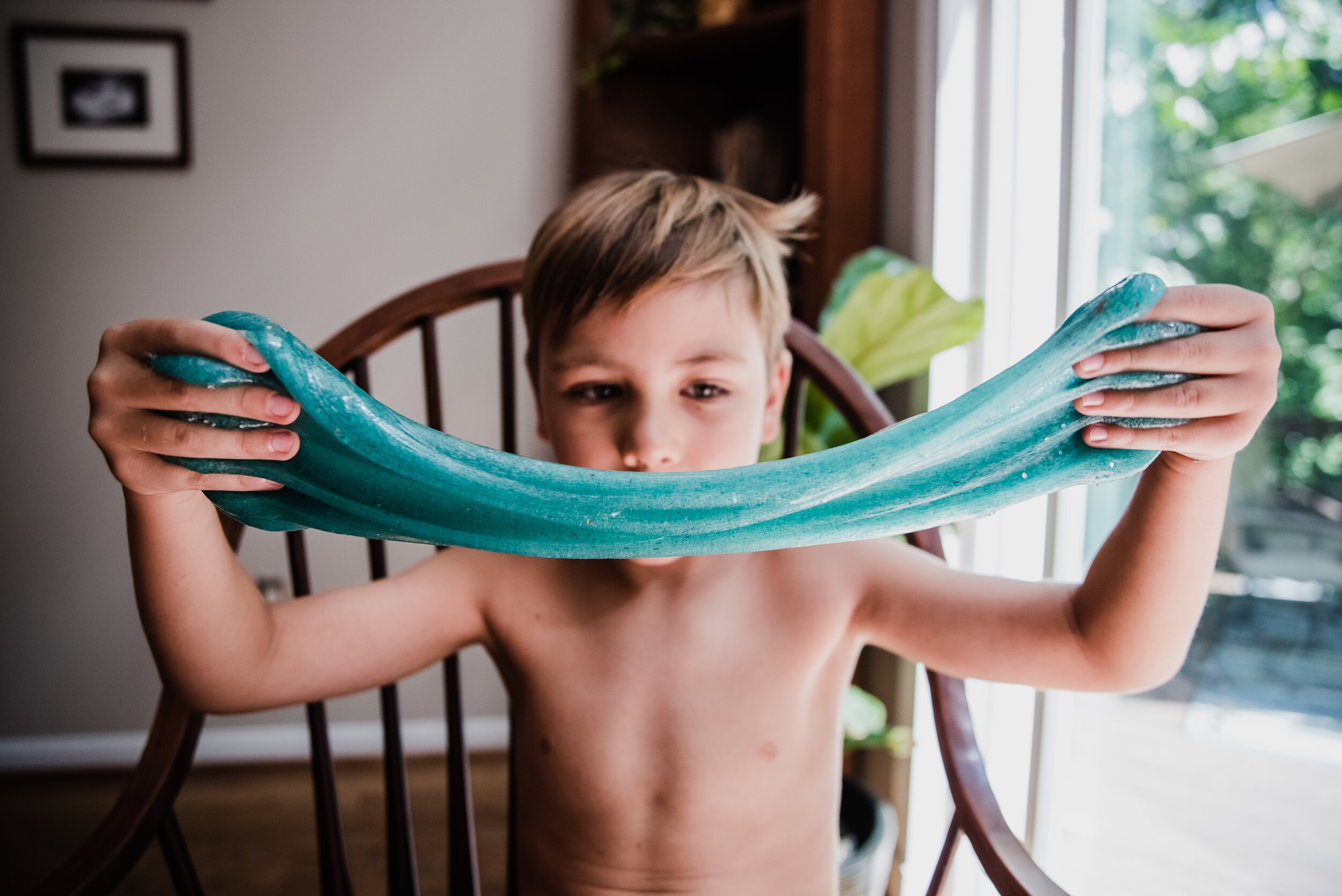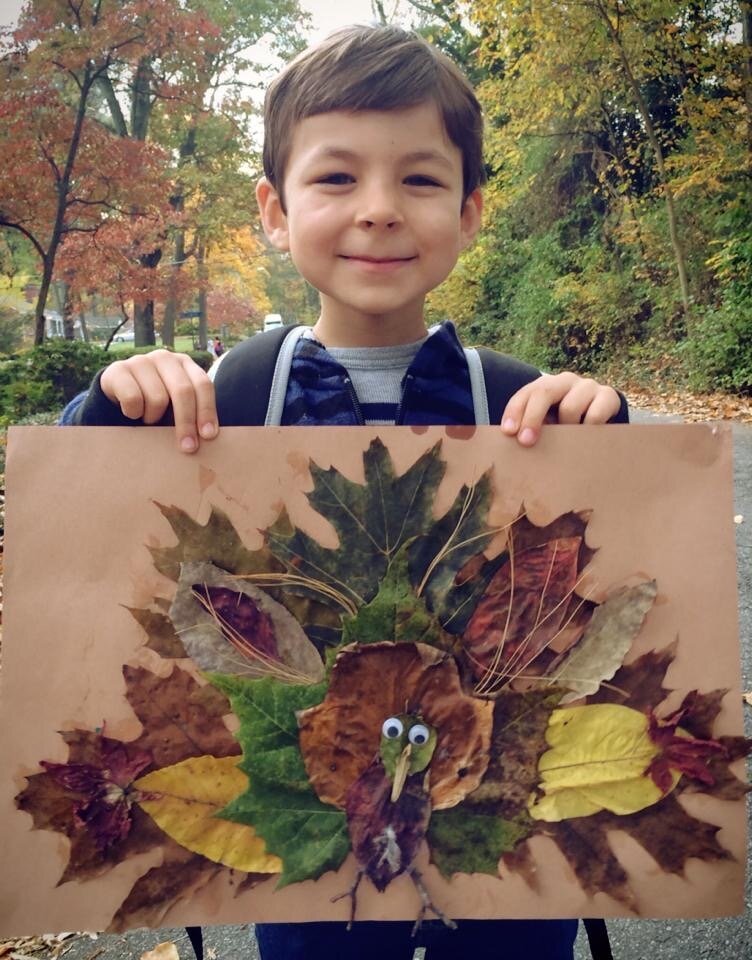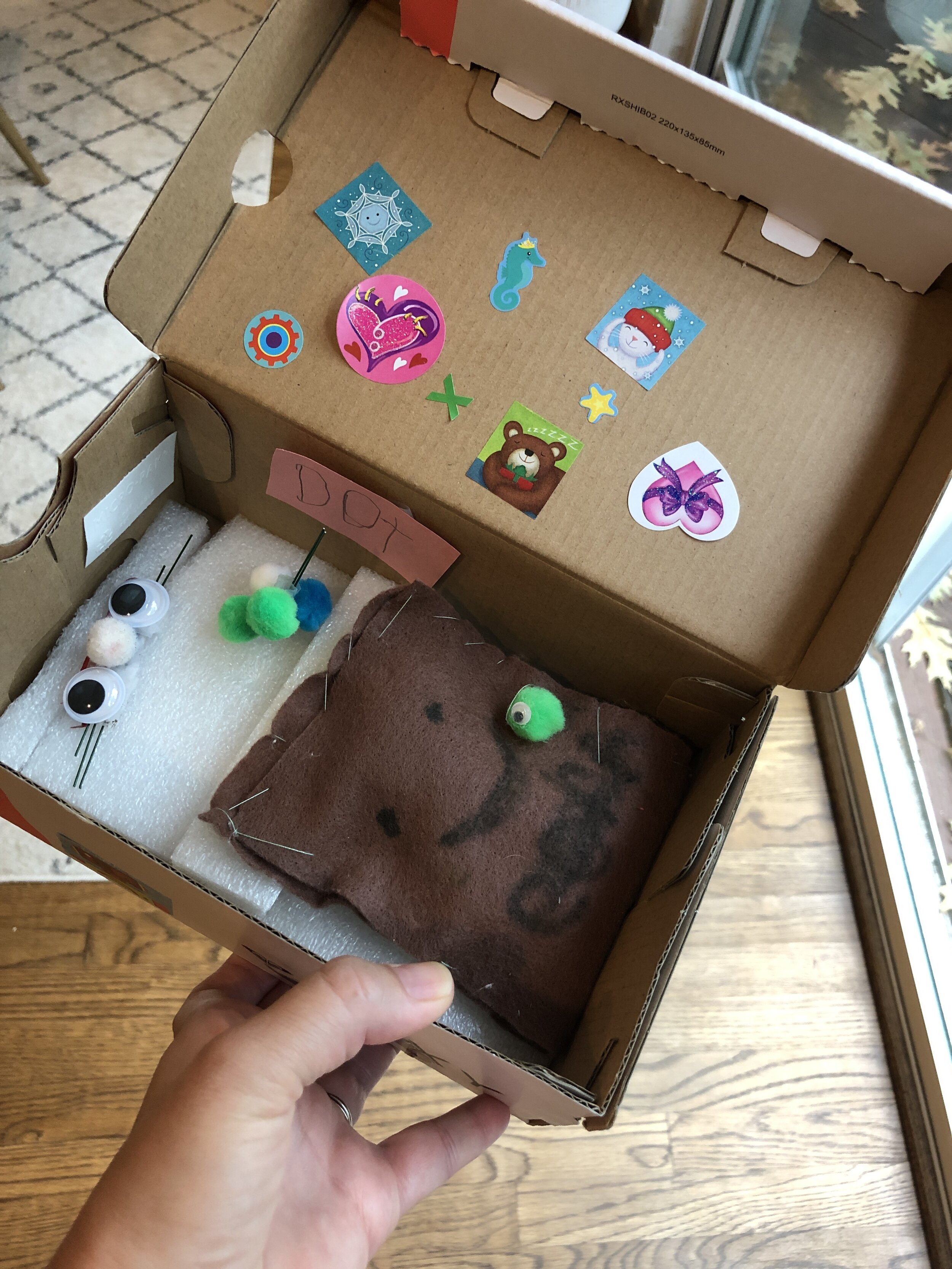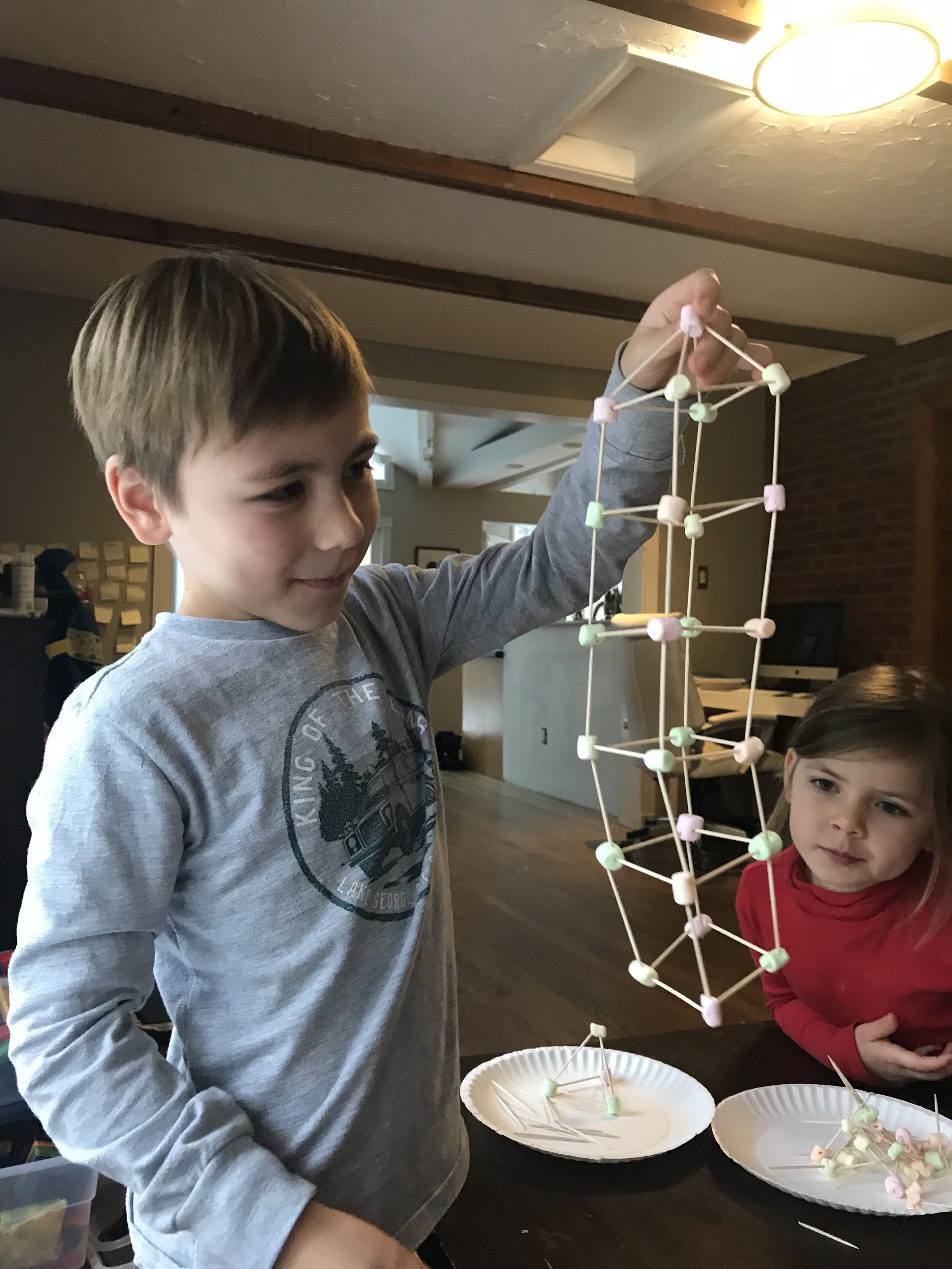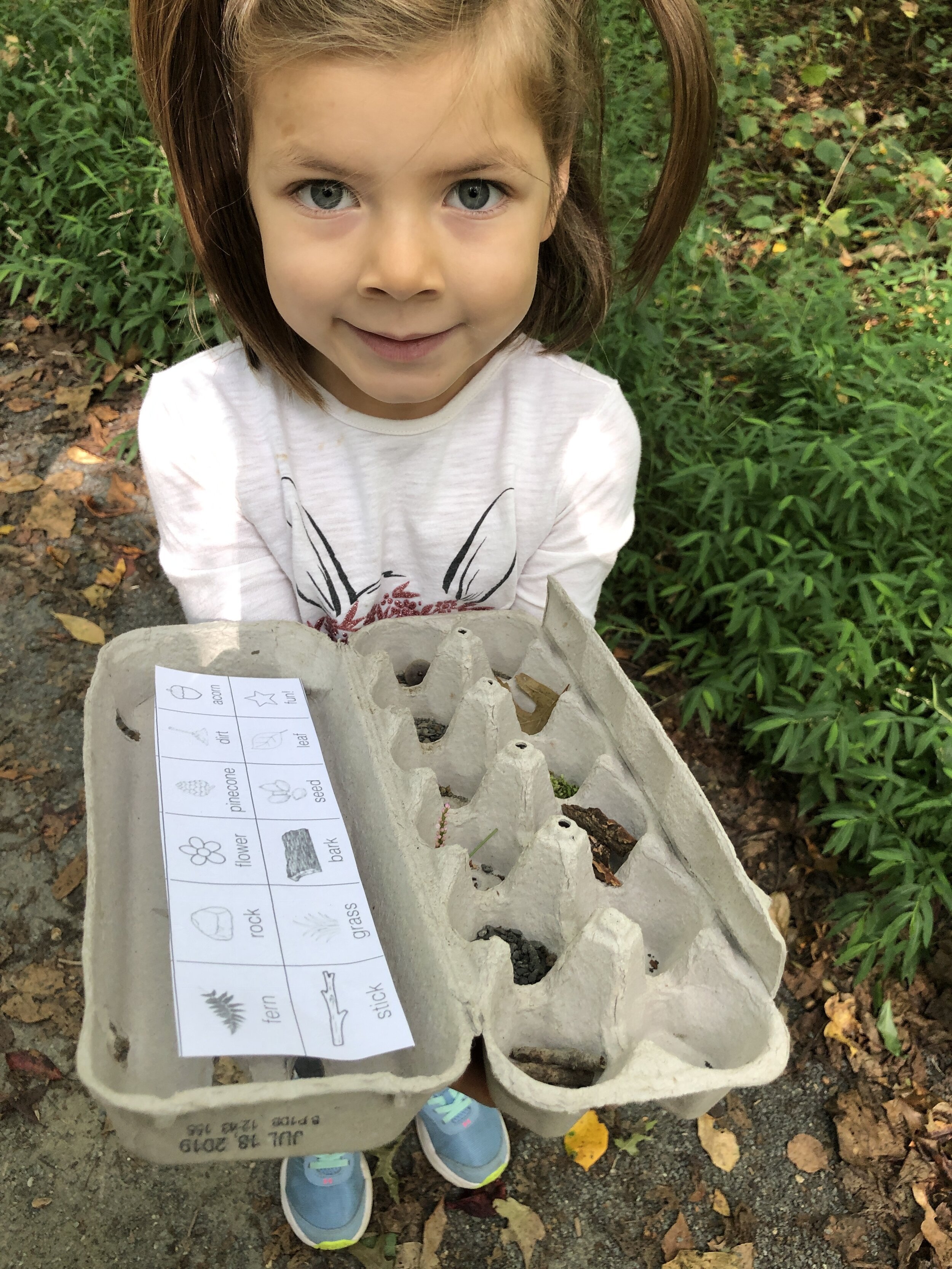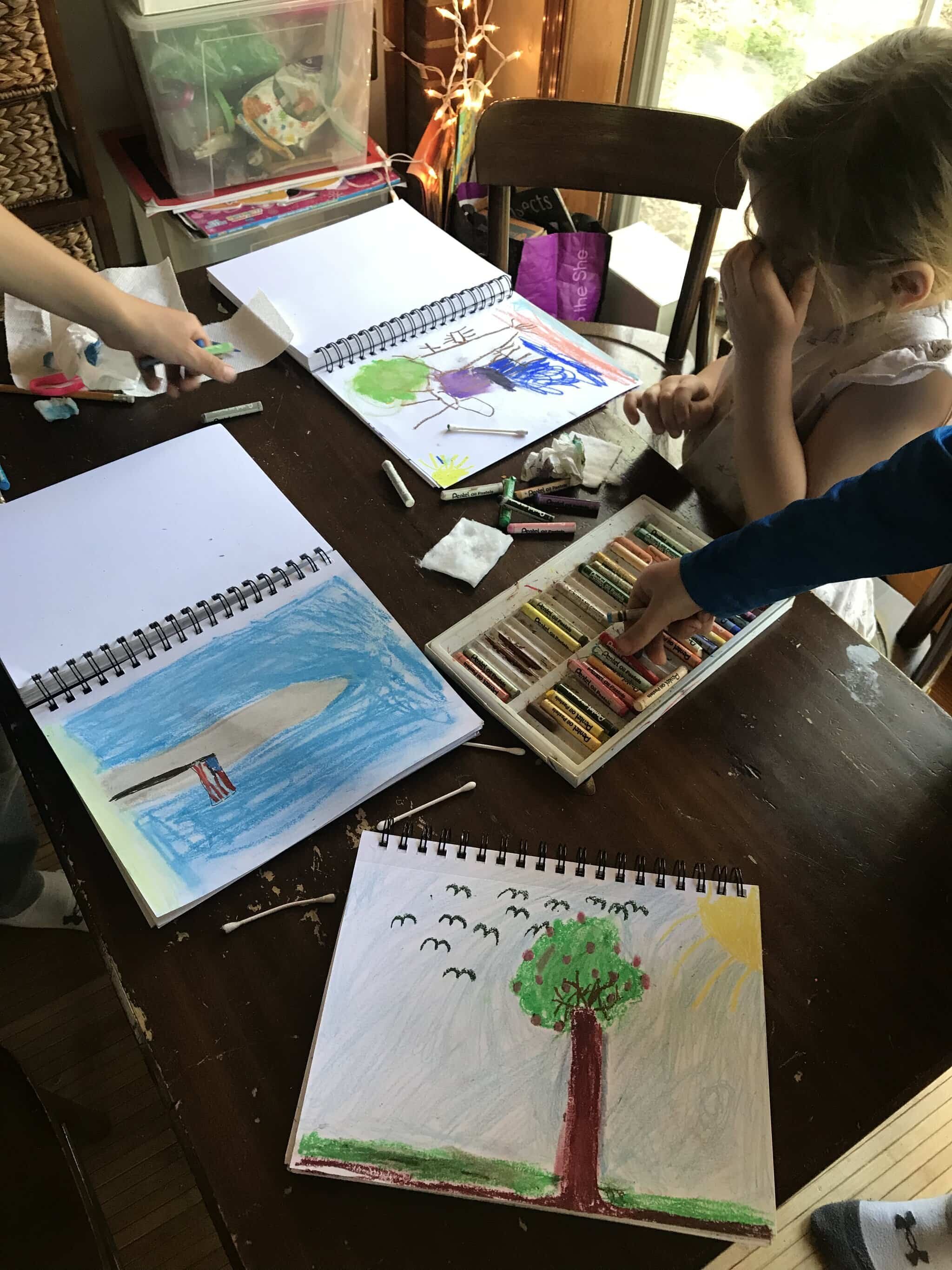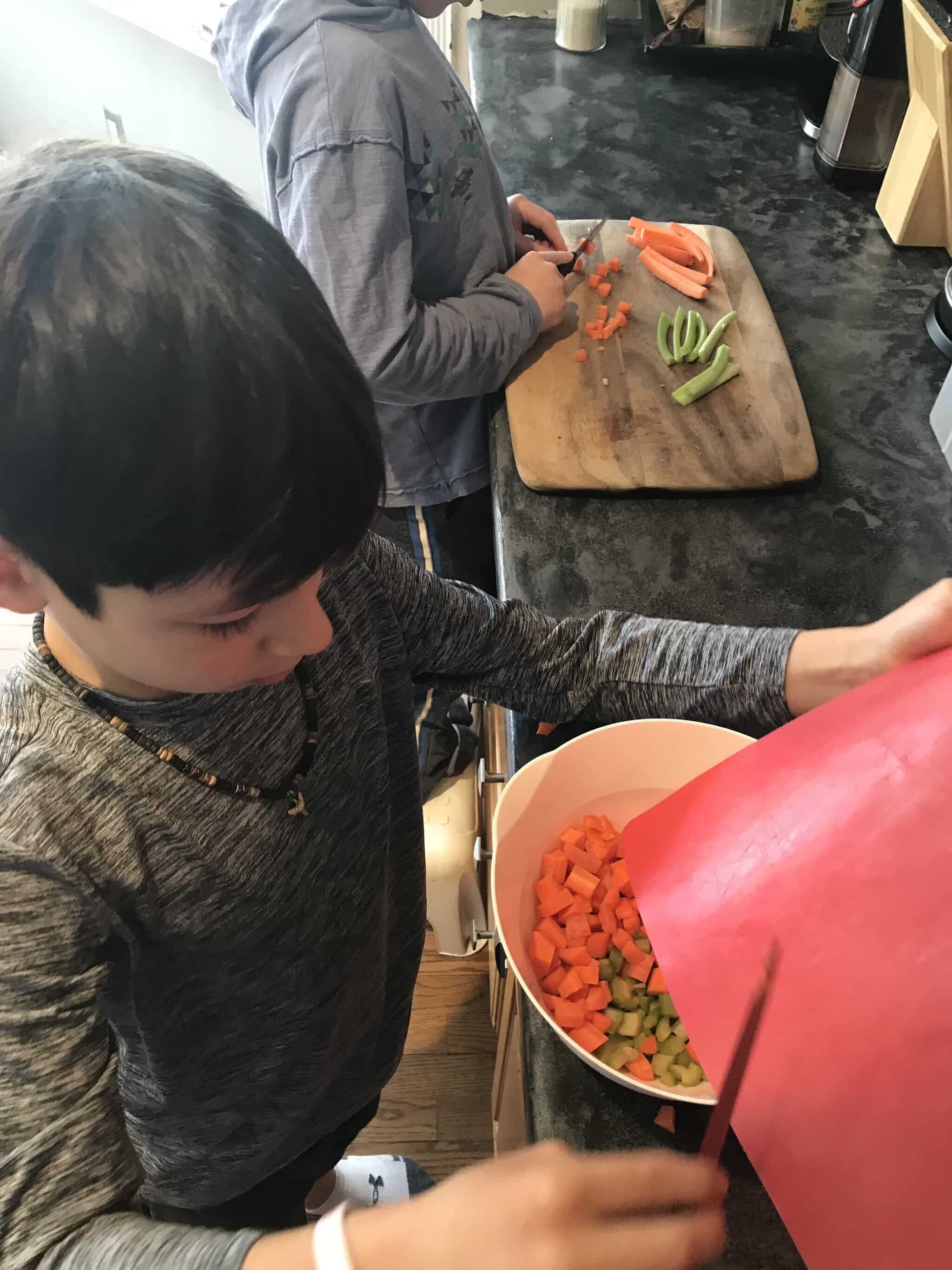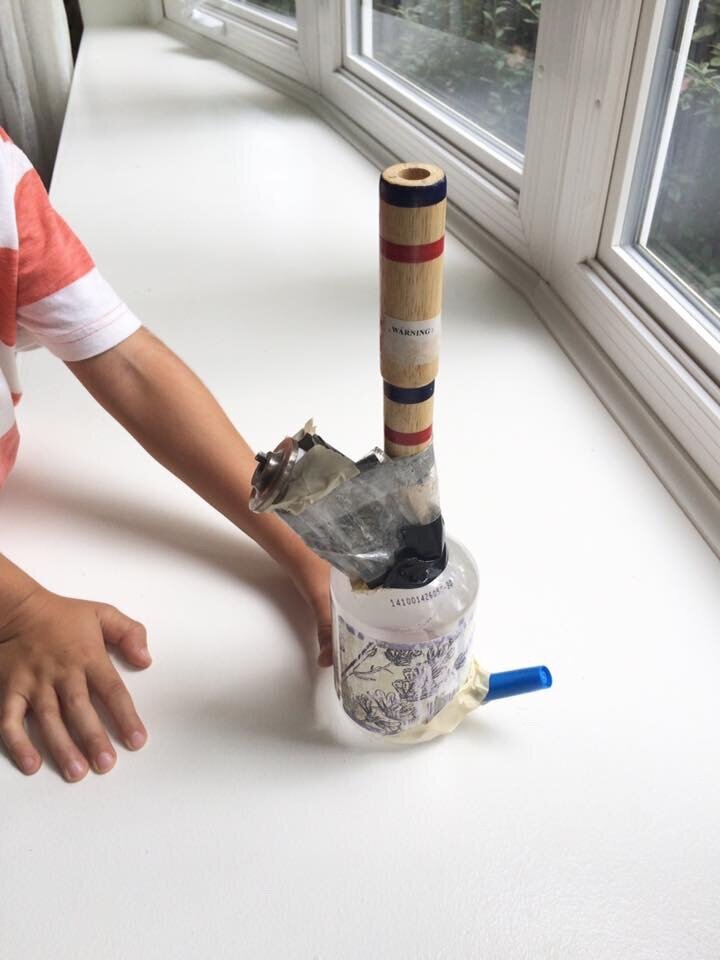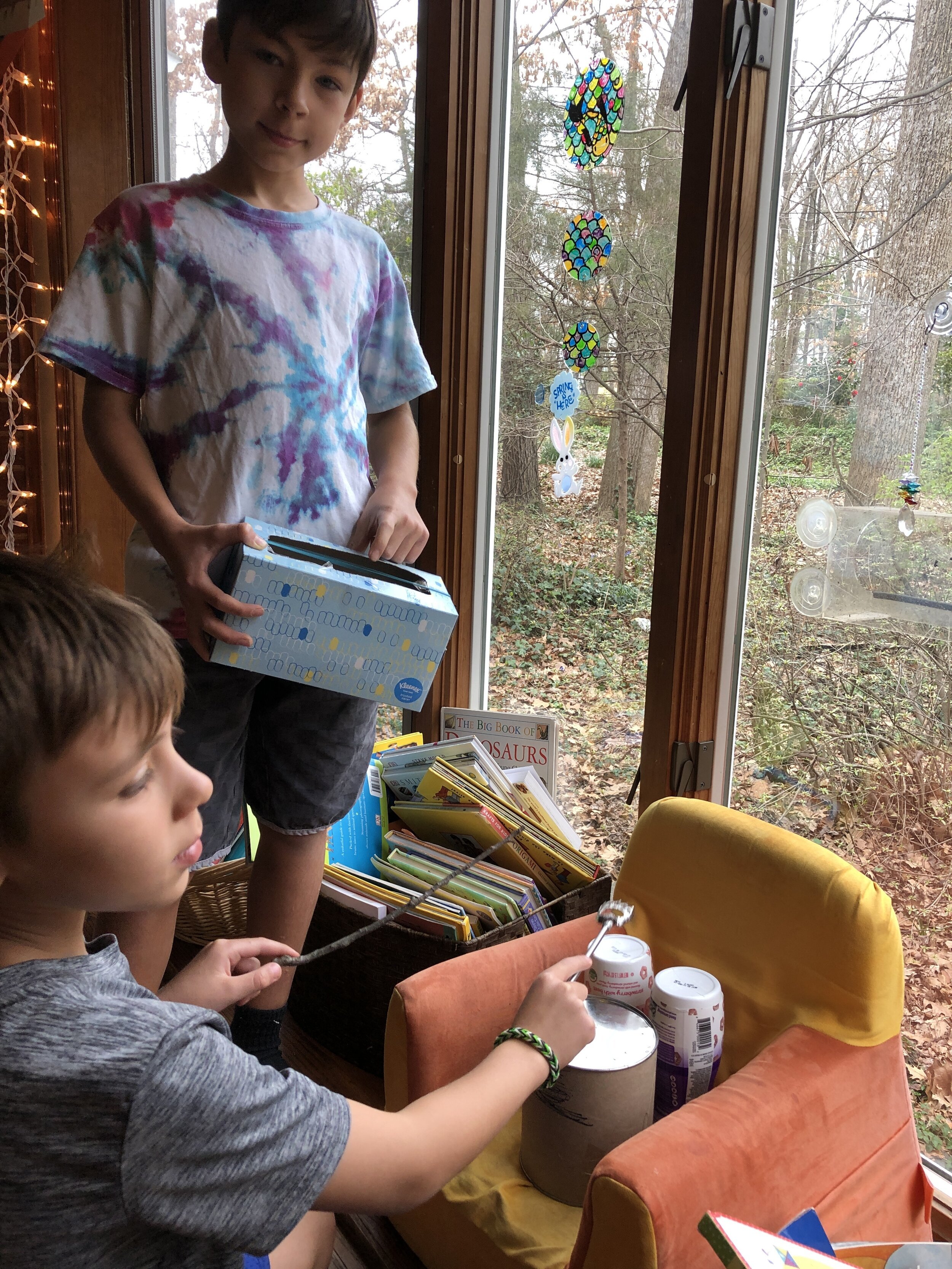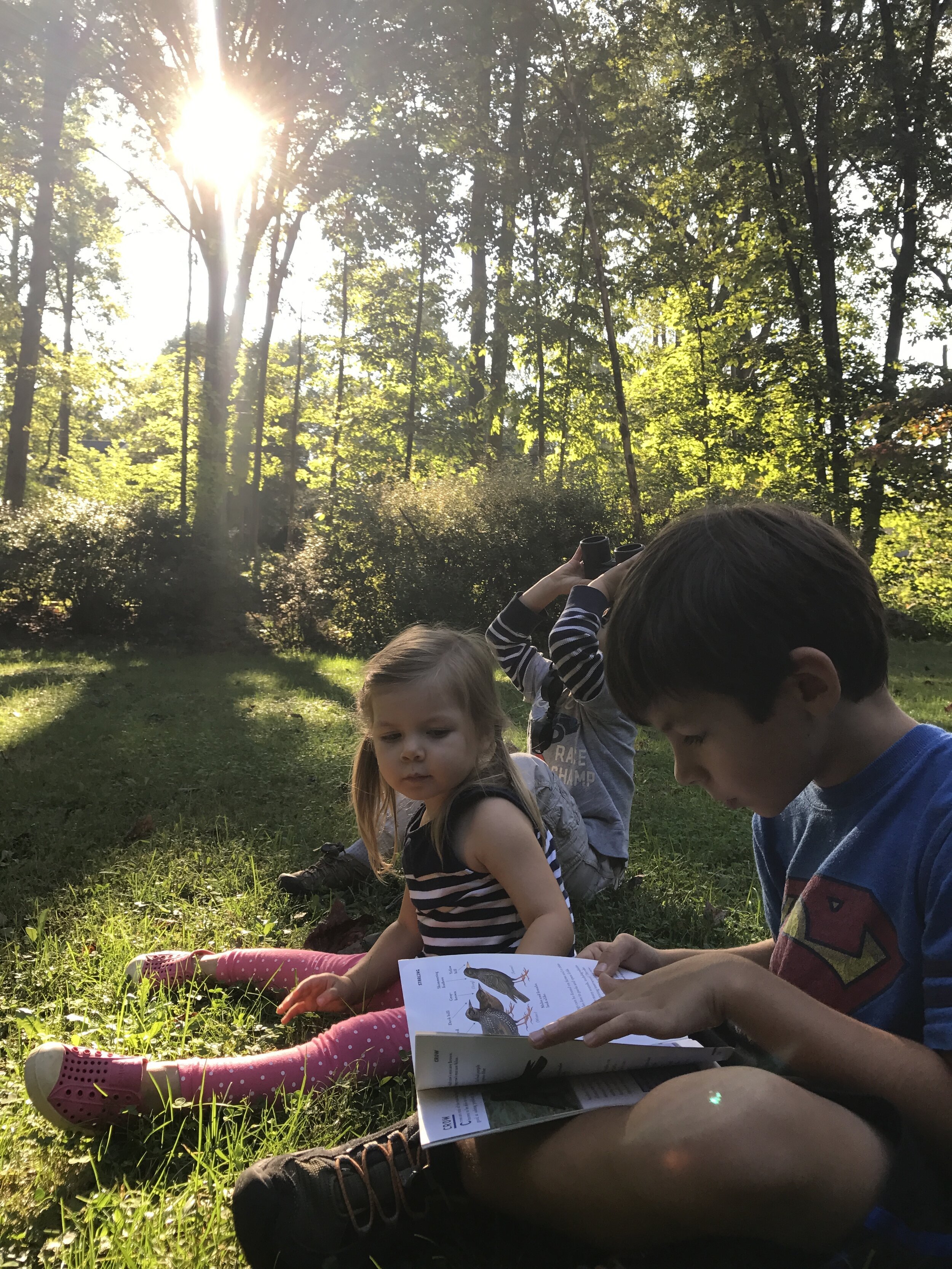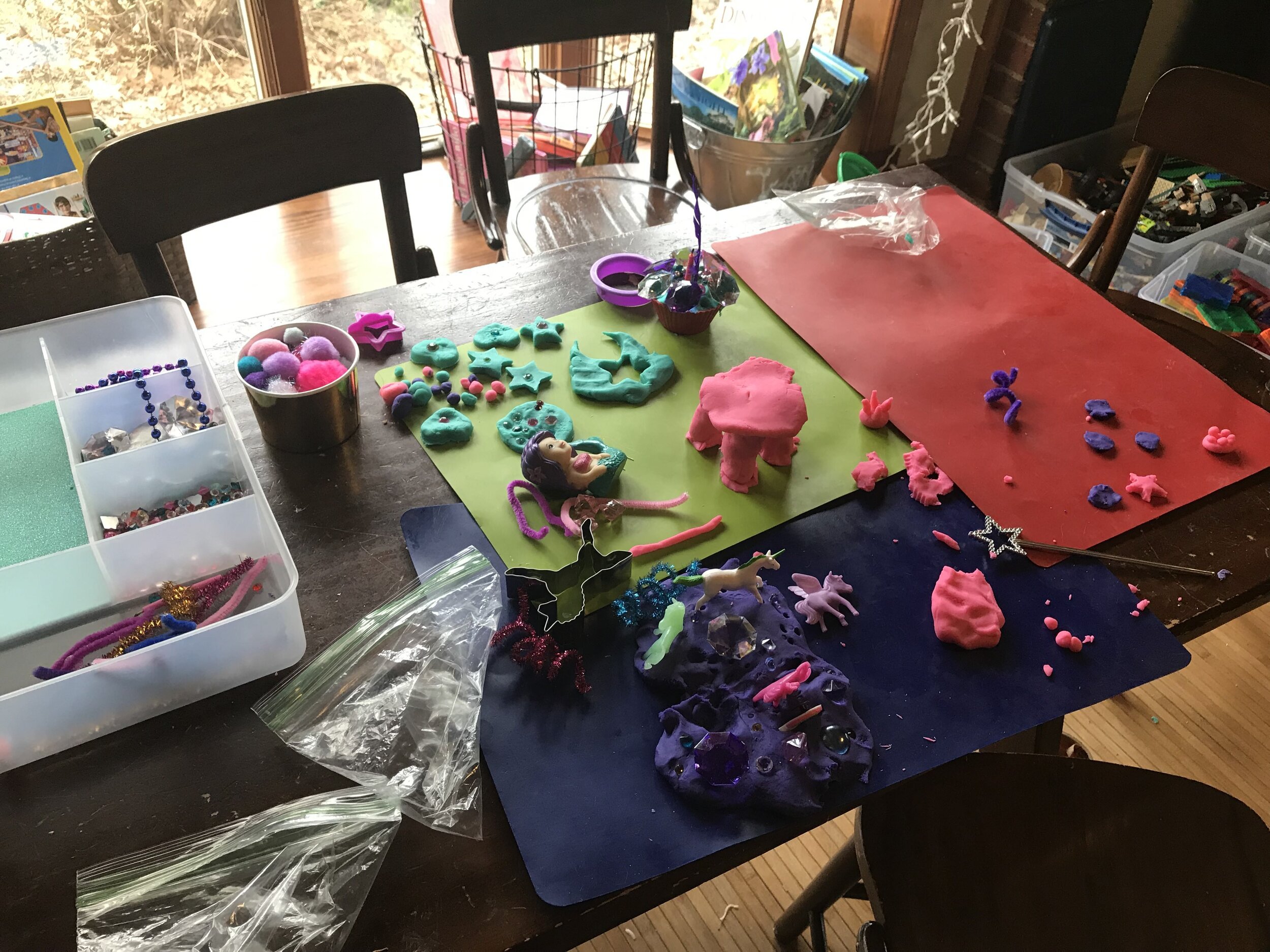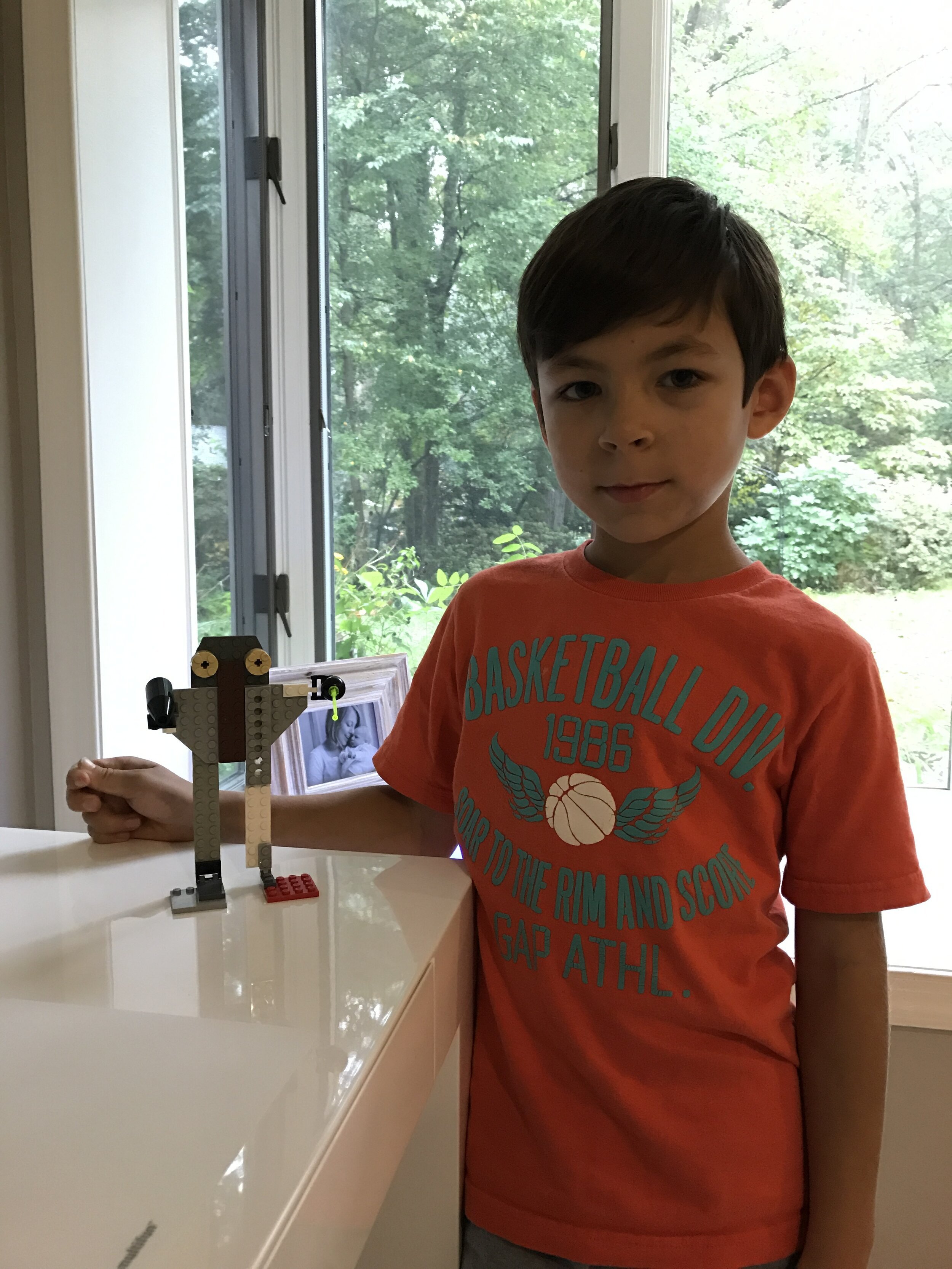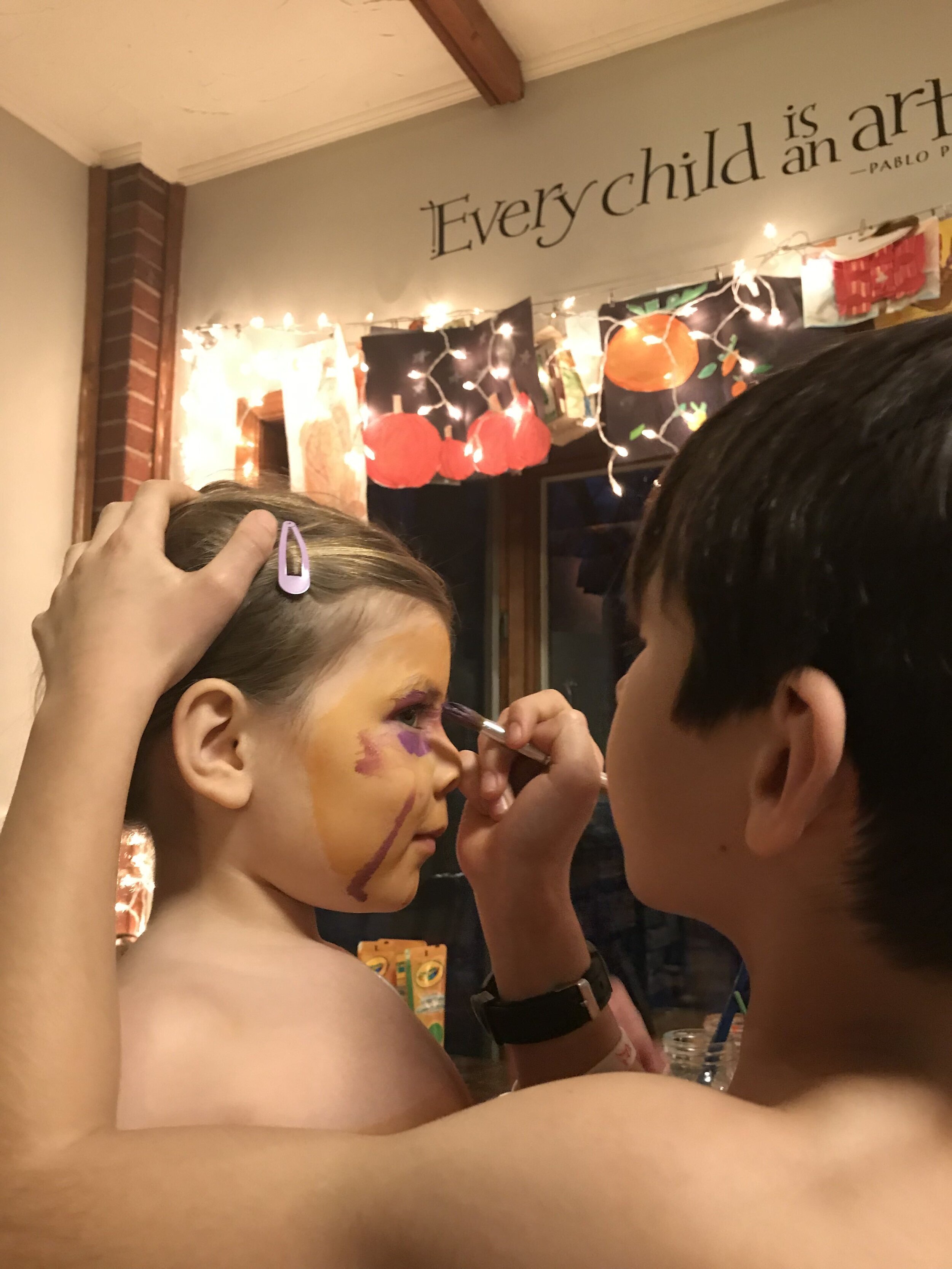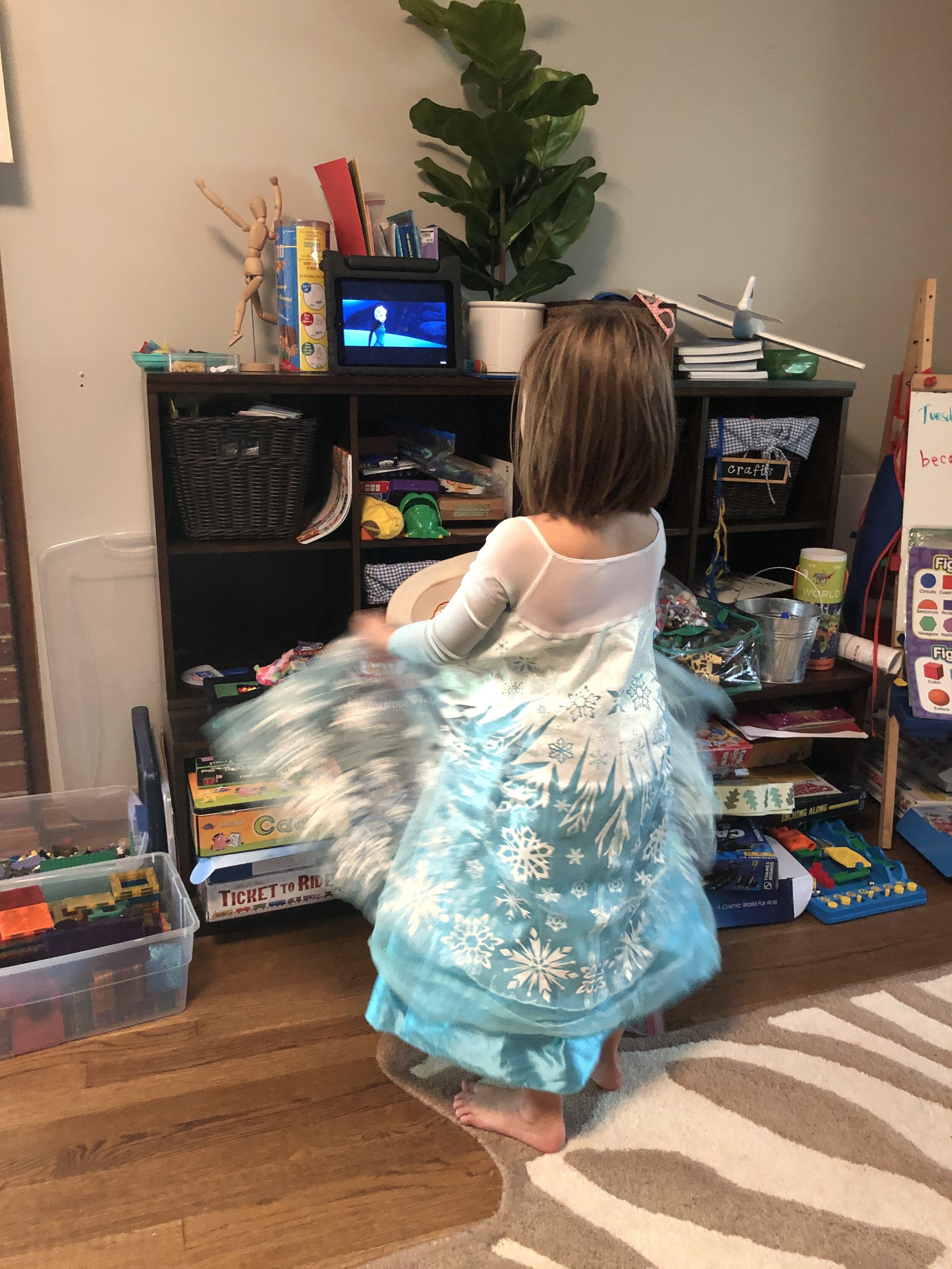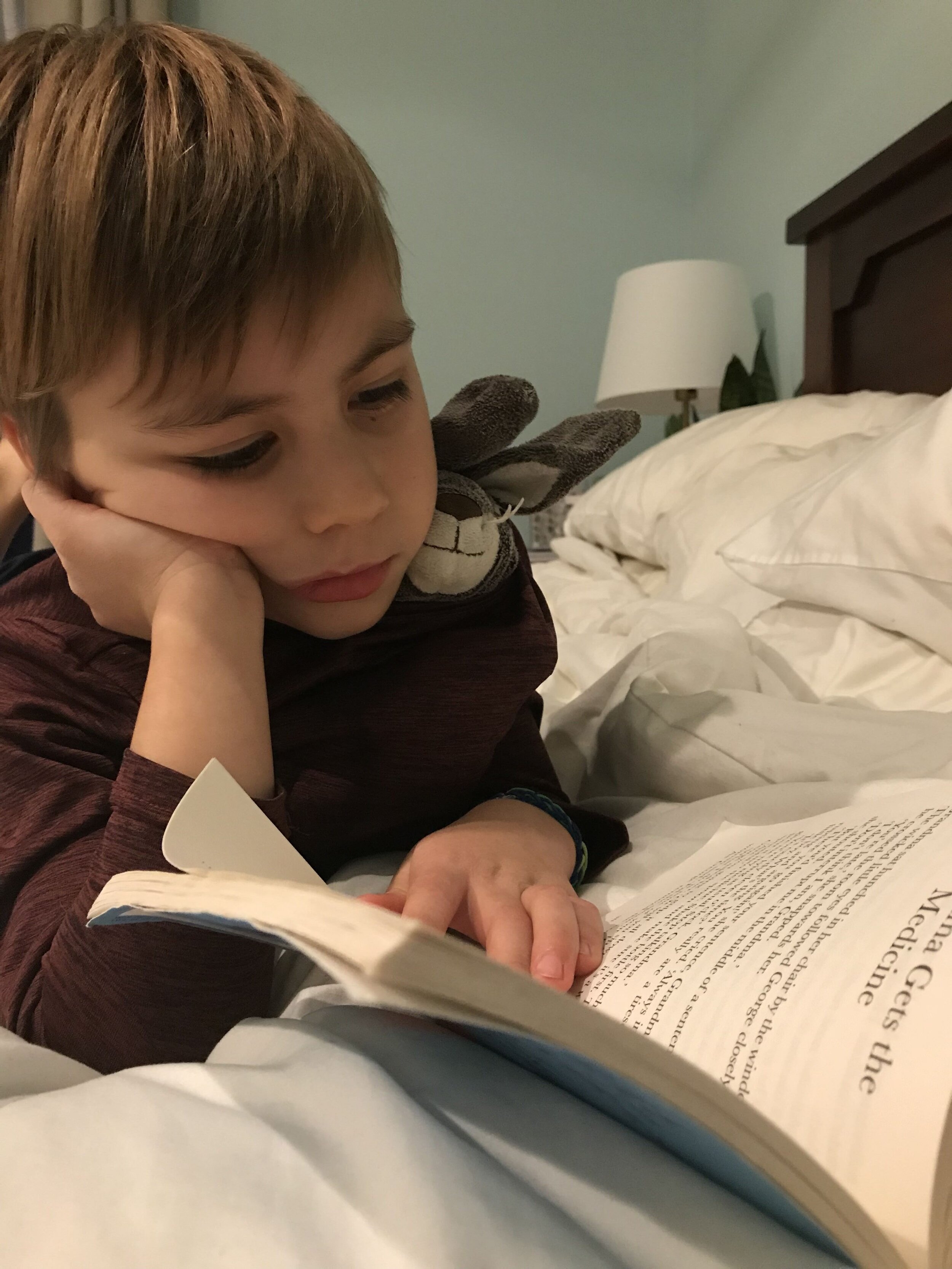Pop-up Homeschooler: some ideas for structuring your days as parent/teacher/teleworker
There are times as a parent when the unexpected happens and we find ourselves at home navigating long days with children who would otherwise be in school but aren’t, due to snow days, teacher work days, quarantine, or as we’re facing right now across the world…recommended social distancing and long-term school cancellations. The days can feel endless and tensions can run high both for parents who may be trying to fit in work around caring for children, and for children who are accustomed to the structure and organization of school days.
I’m a mom of four (ages 10, 8, 5, and 7 mos), a prior K-2 educator with a M.Ed in Teaching, a small business owner, and currently a homeschooling mom. I thought I’d share what helps my crew to stave off anxiety, boredom, chaos, and grumpiness that can threaten our days when we are all together at home for a length of time. Let me first mention that this method can be used to organize time whether or not you are teaching your kids. I modeled this approach from the learning stations that I implemented while I was a new second grade teacher with Teach For America. The system helped students who craved structure and clear expectations, it gave them wide berth for creativity, fostered cooperation and collaboration, and most gratefully, it allowed me uninterrupted time to teach small groups and struggling students one-on-one. All of these benefits can be transferred to our present circumstances now as parents, managing kids and possibly also working from home. I know many of you didn’t sign up for this full-time gig, but is my hope that you’ll find yourself surviving these weeks with moments of grace and maybe even thriving—and when all is said and done, you can feel good about having carved out meaningfulness and productivity for you and your kids amidst unsettling times.
There is a lot of info below so take some time to read through and let it soak in. Don’t miss the tips at the end because I believe they are the recipe for success. I also grabbed some snapshots from my phone archives and shared below so you can see examples of how this looks in our home.
STATIONS = STRUCTURE: My family aims for balance overall. Some days we spend mostly outside just exploring, other days we end up watching too much morning TV and flying by the seat of our pants all afternoon. But when we are faced with a string of unplanned days, I prefer to give some of those days structure and predictability with activity/learning stations. I switch it up among whatever their interests are, items I have available, things they are working on in school. On weekends I do stations if we find ourselves with a lot of downtime and I sense the kids are getting restless. They generally don’t have academic components the way weekday stations do, but they are still useful to organize our day.
I want to emphasize that this routine will look different for every family. I full-time homeschool my kindergartener and teach all our kids Spanish in the summers, so those are generally incorporated into our schedule…but you’ll be best served thinking about your kids and what would best meet their interests and academic/socio-emotional needs plus your needs and interests as a stay-at-home or working parent. Consider which stations you’ll need to assist with and which might be fully independent. You might do 6 stations of 15-20 minutes each for preschoolers and older toddlers, or 4 stations that are an hour or longer for older kids who are self-directed and independent. My kids (K-4th) currently do best with about 4 30-40 minute work stations. In our house we don’t follow a clock schedule most days except for eating times, but we launch into stations when we are ready and the structure is needed.
You can break these up with exercise breaks or walks, snacks, lunch, storytime, naptime/quiet time… however you’d like. Your family might do best with a loose schedule where you designate general blocks: academic, creative, active play, free time (unstructured play), screen time, family time and maybe you list choices within those so there are lots of options to avoid boredom. You might skip traditional academic work altogether, or only do it once per week. Your kids might prefer working in different areas of the home so you could even rotate who is at each station instead of doing them together. Timer goes off, they clean up the station and switch stations.
CONTENT: Below is a list of ideas you can use as a jumping off point for designing stations for your kids. You might want to skip this ideas section and come back to it if you want to understand the whole system of managing stations first or if you are on info overload already, because it may clarify things for you to read in that order. I recommend offering just one or maybe two options per station so as to direct interest and funnel play, and switch it up each day so they’ll have lots of variety over time. You’ll figure out their favorites and can add those in most often. This system is also great for putting some of their less-used toys/games back into the mix. They may find new interest in something when it’s the assigned activity and they are not distracted by their go-tos. There are free and low-cost ideas, too, because I know that many families are working with very limited resources.:
Construction items: Legos (my kids love Lego Challenges! Here are some fun prompts), Magnatiles, K’Nex, Zoobs, marble run set, racing dominoes, Lincoln logs, cardboard bricks, fort building materials or kits, toothpicks and mini marshmallows or clay balls, marble run with aluminum foil and toilet paper/paper towel tubes.
Arts: Check out new Doodles with Mo Willems, photography scavenger hunt or just explore inside/outside with the camera (can use iPad, old camera, cell phone), tempera painting, watercoloring, drawing, carving soft wood with a pocket knife—my kids started this at age 6 and love it, modeling clay and tools, oil pastels, art journaling, markers, colored pencils, make a collage from magazine, or use these printable coloring pages. They can even use tattoo pens or non-toxic watercolor paint on one another (or on themselves with a mirror) and wash off in a bubble bath afterward. They aren’t going anywhere for a while anyway. :P
Crafts: This can be as simple as putting out a tray for free craft exploration with glitter pens, glue, pipe cleaners, paper plates, tissue paper, sequins or pom poms, or a planned craft—like these simple paper plate, egg carton, or clothespin crafts. For older kids I like to have $.50-$1 seasonal crafts on hand and let them do those independently with a cool-to-touch glue gun. Origami is also popular in our home.
Play-doh: Give them household and kitchen gadgets to play with (here’s a tried and true recipe for inexpensive soft homemade dough that even my tween loves to play with).
Reading: If your kids love to read, great. For reluctant or non-independent readers, think outside the box with a new stack of library books (sanitize beforehand for current times!), books on tape, kindle books, interactive iPad books. I allow them to read anywhere they want in the house, to the dog, to the baby, a stuffie, outside, etc. Consider creating book report projects such as a shoebox diorama or poster to reflect on the reading. To switch things up, try a read aloud from an astronaut in space.
Writing: Put out stationery paper and envelopes for letter writing, clipboard for making lists or writing words of objects around the house, Google Docs for typing a story, printable comic strip templates, journals, story prompts, seasonal and themed lined writing printables, fun pens and other writing instruments. You could also have older kids write questions to interview a family member or friend via FaceTime and write down their responses.
Workbooks/Printables: This might be anything from math practice to word searches, reading comprehension and general language arts worksheets, cut and paste sorts and other literacy printables like these, free independent work packets from Education.com, test prep book for students prepping for SOLs, crossword puzzles, etc. Use page tabs to mark their books ahead of time for what you want them to work on, or print up their pages from school or an educational website. Have all necessary items (pencils, sharpener, crayons, scissors, glue) available.
STEM/Science: In our home this looks like Snap Circuits, paper airplane festival with category awards, slime play with easy recipes, microscope and slides or collect objects to examine, magnet exploration, rock collection with ID books and magnifying glasses, egg drop festival, KIWI crates, penny and other coin cleaning plus a worksheet I made for exploring coins, or playing with muffin trays and droppers with baking soda + vinegar + food coloring.
Project: (science, social studies, current events, sports, etc): This time is devoted to ongoing research and work on either short or long term projects. For short term: Keep a bin of science/social studies type books to choose topics from, and consider allowing kids to use the internet to research an issue/location/person and do a mini presentation on it or span it over a few days for a more in-depth project. My 10 year old had a lot of questions about COVID-19 yesterday so he chose to look up how it began and what we can do to avoid it. Tomorrow he will make an info poster based on his findings. Younger kids can look at books or watch an educational show and draw pictures with labels. They can research a country and make a poster or travel brochure. Older kids can make a Google Slides presentation about a famous person or historical event.
Bible study/Mindfulness/Meditation: This can be in the form of journaling, stories, scripture reading, podcast while resting, whatever helps nurture spirituality and/or calm for your people.
Language: We do Spanish lessons, Bingo, Spot it, vocab games, reading Spanish books, workbooks, watching or listening to Spanish content, adding to our Spanish dictionaries.
Music: Practice instrument, listen to music for mood/tone while coloring or painting, use music apps like Virtual Piano, or place a bin of toy instruments out and they can rehearse to make a concert for you at the end.
Puzzles: For this station I put out a few age-appropriate puzzles and they can choose to work independently or together. Tip: Have kids work challenging puzzles on a foamboard or cardboard that can be transported so you can stash it away and worked on over several days.
Board games: This is a free choice in my house, unless we are working on a math concept and I assign a game for that. Otherwise the kids can access logic games, deck of cards, pocket type solo games as well as multi-player board games, chess, Mancala etc.
Building box: We keep a tub of recycle and upcycle items and for this station I pull that out and they invent or model things using tape, glue gun, string, rubber bands, egg cartons, coffee cans, twist ties, pipe cleaners, stapler, and my older kids use the cardboard cutter.
Messy mat: I lay a vinyl tablecloth down on a hard floor and put out 1-3 bins of whichever sensory materials I have on hand: colored glitter water, water beads, kinetic sand, rice, beans, plastic beads, shaving cream, along with muffin tins, bowls, measuring spoons and scoops, old candles, sequins, tiny animals, and army soldiers. Plus a small bowl of water for rinsing hands in between bins, and a hand towel or two for spills and drying off utensils. My kids also love rescuing characters and animals from an ice block. I let them know whether the materials can mix or need to stay in their separate bins, and I emphasize that everything STAYS ON the messy mat. They follow directions and are great with clean up, because they know if they don’t then messy mat won’t return for a while.
Academic tech: Consider learning apps such as ABC Mouse, Khan Academy (free), Google suite to create and present, creating a video or stop motion on iPad, or school-based assignments and subscriber curriculum. Also check out the fascinating webcams on Explore.org and this can be extended with note-taking, a webcam scavenger hunt, or a scene drawn to share what they observed.
Outside play: This can be either unstructured play or fun with water or sand table, bubbles, sidewalk chalk stained glass art, washing outside toys with a bucket of soapy water and a sponge, squirt guns and a refill bucket of water, parachute play, nature walk, running laps around the house, playing basketball, riding scooters and bikes, egg hunt with stickers or figurines (or at night time with glow sticks!), scavenger hunt with a printable template. You could also take a nature guide and binoculars out to forage or bird watch and maybe take notes with a clipboard, collect items in nature and make a collage or create animals, tend a garden or make a tiny fairy garden.
Housecare: Everyone can work together cleaning and organizing a single room, or split up into different areas. Older kids can use wipes to sanitize doorknobs, faucets, handles, and other high traffic spots that we need to stay on top of right now. Our housecare station is usually things like unloading the dishwasher, sorting and putting away laundry, watering and dusting plants, wiping down bathrooms, or pooper scooper duty. The kids enjoy using spray bottles, dust cloths, and sometimes magic erasers. It seems to help kids to know when the time is up they are moving on to something else!
Cooking/Baking: Disclaimer: I don’t love to cook alongside my kids but if you do (like my husband does!), then by all means baking bread or soft pretzels together and all that good stuff will be great for them. My version of cooking together is kids do veggie prep, add spices, and stir. You can wash a bunch of produce and lay it out with cutting boards for older children to make a veggie soup. For younger kids, give them a few potatoes or other hardy fruits and veggies with a scrubber and a little bin of water over a big towel on the floor. Older kids can follow simple box recipes for brownies or cookies or whatever cooking you are comfortable with. My big kid likes to make pancakes for everyone. I have also been meaning to do a kids version of Chopped! at home where the kids each get a basket with mystery ingredients and need to create a dish, but we haven’t done that yet.
Movement: Go Noodle, Cosmic Kids Yoga, free kids workouts from Beachbody, HIIT animal mini workout, roller boards, trampoline play, obstacle course, laser tag, dress up as a character and play a song/video to dance to (my daughter loves to do this with Moana and Frozen).
Imagination: Cardboard boxes + stickers + markers, dress up play (perhaps with use of novel items like parent shoes or ties/scarves/costume jewelry), make menu and play restaurant with toy food, designate a stage and have kids make a skit together or plan a talent show to perform for you. You could also give kids a phone and they can Google an animal and then scroll down to View in 3D and the animal will pop up via the camera to appear right in front of them.
Free play: This might be unstructured play around the house with whatever they think of or revisiting something they’ve done in a prior station that is readily accessible to them. My introvert child loves this time to chill by himself, and my extroverts need this time to practice not being entertained and structured.
SET UP: Once you’ve planned what the day’s stations will be (ahead of time so you can purchase, print, or make anything you need), gather your materials, set up the stations, and with the kids paying close attention introduce the day’s activities on an easel or piece of paper with clear instructions (asking if anyone has questions before they begin working will help them to be more independent later), remind them how to clean up each station, and then jump into the fun and exploration! Make this ‘meeting’ 5 minutes tops but insist that they are fully present, listening with quiet mouths and hands, or you’ll have a lot of questions later.
Kids are creatures of habit and they will get into the rhythm before you know it. I find it helps some kids to set a sand timer or other timer they can see.
MANAGEMENT: This is how I encourage cooperation and problem-solving. For each station they do without fighting/complaining they each earn 10 minutes of screen time (to be used later) or a treat from our treasure box to be eaten as they wish. For morning if they go through all the stations without three strikes they get an additional bonus. Same for afternoon. I instruct them not to interrupt me when I’m working in my office, and to instead try to solve their problems themselves. They are motivated to get along and I keep track on the easel so they can see their minutes adding up along with their productivity over the course of the day. If kids finish with a station early or they aren’t into it for some reason, my kids know they can always do free play or reading. The idea is just to be engaged in something enriching.
We do lunch together—maybe a picnic lunch on the floor or outside if it’s nice out, but I do try to connect with them especially if I’ve been getting work done on my own during the morning and they’ve been mostly playing without me.
After stations (if doing morning and afternoon they might end around a typical school day dismissal, but I often just do morning and have free time in the afternoon) they can play outside and/or watch a couple shows while I make dinner OR use their ipad time then based on their totals plus any bonuses. They love this and feel like they earned it after a day of doing other stuff.
Here is a visual example of stations my kids did just this morning (a Sunday during newly-imposed social distancing and school cancellation). Nothing academic today, just needed some structure amidst the feeling of chaos. It helped all of us. As you can see, each of my kids (M, O, C) did well for each block—they put their initial down for each round after the station is cleaned up. My mom actually supervised stations today while I ran out to Target. It’s a nice easy system to hand off to caregivers in a pinch. The strikes came for two of my kids simply due to not listening respectfully during the opening and closing meetings when I introduced the day’s stations and then when we were about to clean up. But, they didn’t get to three strikes so they each ended up with 40 minutes + 10 bonus minutes = 50 minutes of tablet time, and then each of them chose to trade in some of their time for snacks.
So, I frontload enriching + productive activities and save the screens for the afternoon when my energy is low. I have done this routine for years and it works well for my kids (ages 10, 8, 5). I also have a baby now so I’ll try to save their most independent stations for when she is napping so I can get editing done in my office and the stations where I help/teach/guide/supervise/play with them are planned for when the baby has playtime nearby. This method gives my kids the structure they are used to at school but with more fun and freedom, plus it incentivizes positive play and attitude with highly coveted tablet/Wii time and treats.
A note about the treasure box. It helps to buy some novel but still healthy snacks if you do the treat routine so they aren’t overloaded on junk (in my house we stock it with fruit snacks, fruit cups, fruit vines/roll-ups, jello cups, drink boxes, goldfish bags, fruit pouches/crushers, small chocolates, rice krispy treats, bags of chips or cookies, and sometimes lollipops) but they still get excited about earning treats, and if kids are really little maybe do one mini marshmallow for each 10-15 minutes of good play (smaller rewards for shorter worktimes). For older kids, they can go 20-30 mins to even an hour once they’re used to the routine, and they earn a bigger snack. Of course, you could skip the treasure box and/or screentime entirely if it doesn’t suit your family. We are a snack-loving bunch around these parts and I’m happy to reward the kids for doing their tasks peacefully so I can do my tasks and be a grounded mom for them.
TIPS FOR SUCCESSFUL STATIONS
Plan ahead: consider using a planning notebook where you can store ideas, plan for upcoming days and weeks, make supply lists of what you have on hand and what you need, and note what works and what doesn’t work for your ongoing reference.
Roll out the system slowly:the first week is a trial period and depending how accustomed your kids are to independent work/play you might need to supervise most of each station, keeping them short. Being consistent in expectations will pay off later.
Introduce stations carefully and check for understanding.
Don’t lose track of regular snack and mealtimes or you’ll be dealing with hangry, whiny kids and failed stations.
If you have habitually early finishers (usually younger children) who feel ‘done’ before time is up and others are still working, you can keep a basket of non-fiction picture books for them to read/look at off to the side of the work area. I find this helps encourage them to extend their experiences with a station and settle in longer, rather than being eager to move on.
Closing/De-briefing: it can be helpful in the beginning to have a quick closing and ask kids to give a thumbs up/thumbs down for how each station went. Reflect on behavior, cooperation, interest of each station, and you can address any issues for next time as well as PRAISE them for good work and effort and thank them for allowing you to work, too.
Whew! I know that’s a lot to take in. If you are excited to jump in feet first, awesome!! If you’re still feeling overwhelmed and not knowing how you or they will cope with homeschooling when it was just dropped right into your lap, I’m sending virtual hugs and plenty of good vibes your way! Take it one day at a time. Maybe today isn’t the day and that’s totally OK. Give yourself grace during these unprecedented times. Then when you are ready, just follow the steps above, adapt it however you want, and plan a couple simple stations with supplies you already have on hand for one small chunk of time to start with. Focus on conveying clear instructions and expectations. You’ve got this! And even if you decide the structured day isn’t for your crew, just enjoy your time doing whatever you like together, and know that you are enough.
Feel free to leave me a comment once you get rolling…I’d love to know how it’s going!



